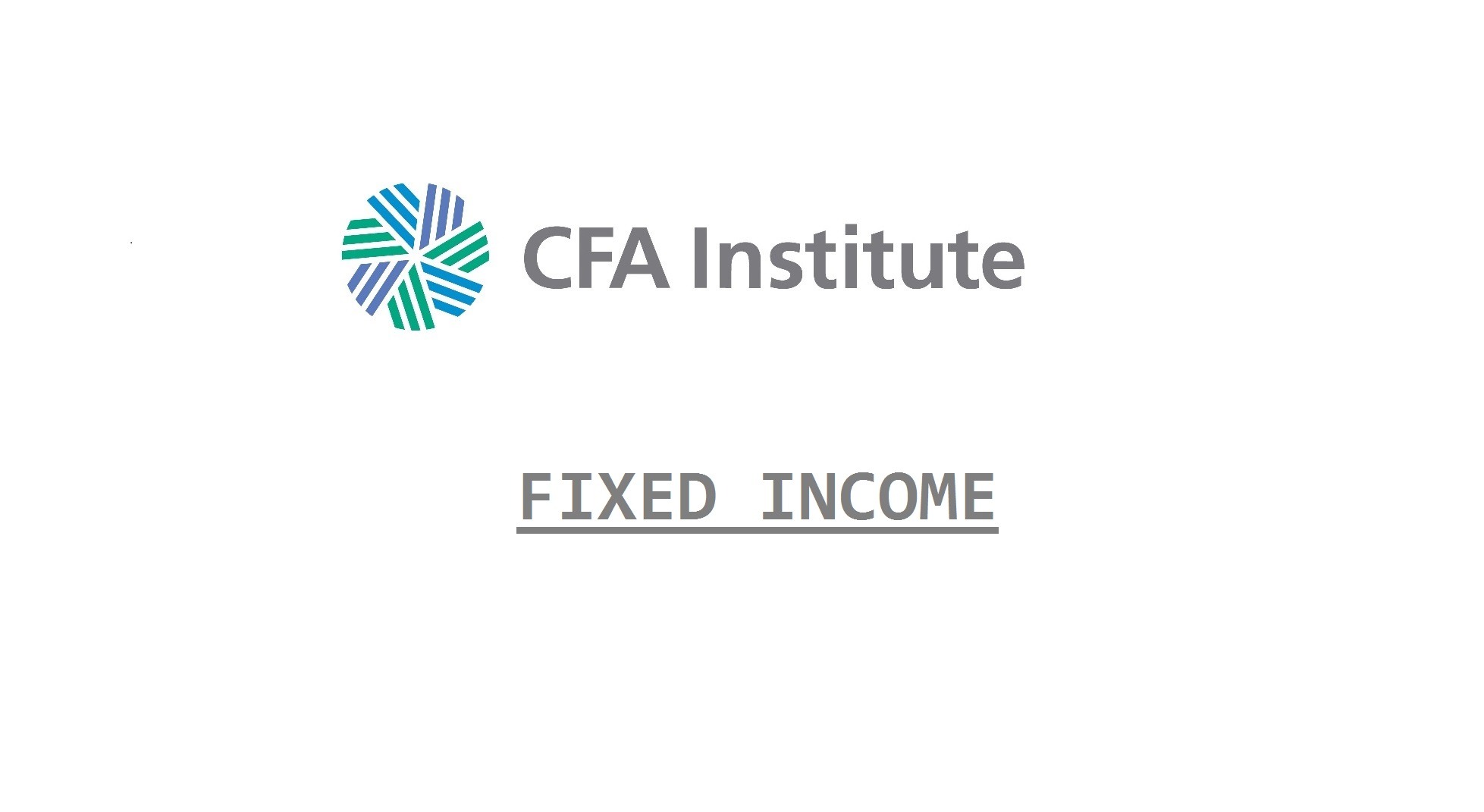Many investors seek a broader exposure to the fixed-income universe. These investors may be attracted to the risk versus return characteristics available in bond markets, or they may seek to allocate a portion of their investable assets to fixed income as part of a well-diversified multi-asset portfolio.
In either case, an investment strategy based on a bond market index offers an investor the ability to gain broad exposure to the fixed-income universe. Index-based investments generally offer investors the possibility of greater diversification and lower fees as well as avoiding the downside risk from seeking positive excess returns over time from active management.
Many bond indexes exist—providing varying exposures to duration, credit, and other risk factors. Investing in a bond market index fund provides low cost diversification and an alternative to active fixed-income management. Their goal is to minimize tracking error. Tracking error also called tracking risk or active risk. It is the standard deviation of the portfolio’s active return (portfolio return − benchmark return).
The pure index or full replication approach requires holding all the securities and weighting them as in the index. Enhanced indexing matches all the primary risk exposures of the index, but not all the holdings. The goal is more efficient tracking of the index by avoiding some of the overly costly transactions required for pure indexing.
Indexing for bonds is more difficult than for equity:
- Fixed-income markets are much larger, more bond issues are outstanding, and the characteristics of individual bonds vary widely. This generally makes full replication impractical.
- Any one issuer may have multiple bond issues outstanding. They may differ substantially in liquidity, making it appropriate to concentrate positions in the less-costly to trade, liquid issues.
- Most bond trading is done OTC through dealers, unlike stock traded on exchanges. Capital requirements have increased for dealers post-2008. The higher capital cost has reduced dealers’ willingness to hold large bond inventories and increased the bid-ask spread charged by dealers. The result is that bond market liquidity has declined.
- Most individual bond issues do not trade in any given year. Many transactions that do occur are not publically reported, making reliable price and volume data more difficult to obtain. This also leads to valuation challenges in existing portfolios. Bond pricing for nontrade securities is based on matrix or evaluated pricing. The price of similar, traded bonds is captured and used to calculate YTM. That YTM is then used to infer the price of nontraded bonds. The more unusual the features of a bond, the more difficult it is to find an appropriate traded bond to use as the basis of such pricing.
- Bond index composition and characteristics can change fairly quickly as new bonds are issued and old bonds approach maturity or change in credit quality and other characteristics.
Matching the primary risk characteristics of the bond index is generally more practical than full replication. Matching primary risk factors includes:
- Matching modified duration (MD) to minimize tracking error due to parallel shifts in the yield curve. For bonds with embedded options, effective duration must be used instead:%Δ value = –MD Δy
- Matching key rate durations to minimize tracking error due to nonparallel changes in the yield curve. There are multiple key rate durations, and each simulates the expected change in value if one single point on the yield curve shifts. For example, the price change if five-year rates shift is as follows:%Δ value = –MDkey rate n Δyn
- Match weighting exposure to the various bond sector and quality ratings of the index. For nongovernment securities, it is useful to distinguish price change due to a general change in rates (i.e., government bond yields) from spread change. MD measures change due to the general change in rates, and spread duration measures how the nongovernment bonds perform relative to government bonds when (credit) spread changes:MD = Macaulay duration / (1 + YTMperiodic)%Δ value = –MD Δy%Δ relative value = –DS Δsspread = yhigher yield − ygovernment
- Matching sector/coupon/maturity cell weights of the index. For example, if the index is 1.7% in A-rated corporates of 2–3 duration, match that weight. When there are bonds with embedded options such as callable or mortgage-backed securities, match these weighting exposures as well. Doing so means effective duration and convexity will be matched.
- Matching issuer exposure weights to control for specific event risk affecting only that issuer, such as bankruptcy.
Another method of minimizing yield curve risk is matching present value distribution of cash flows.
